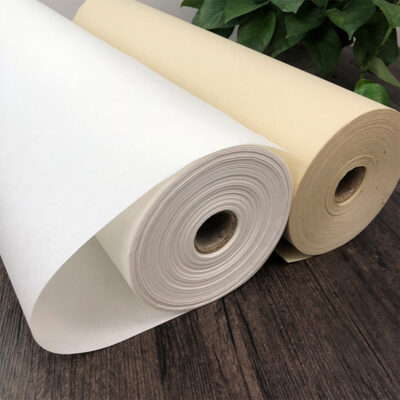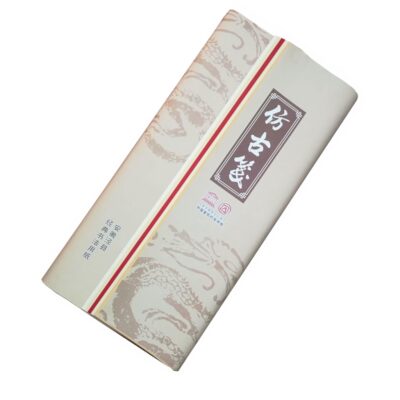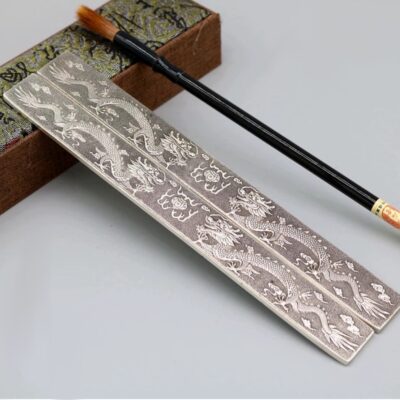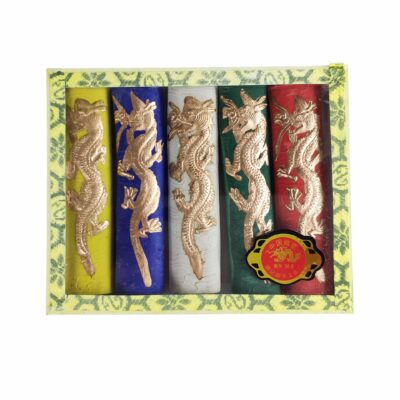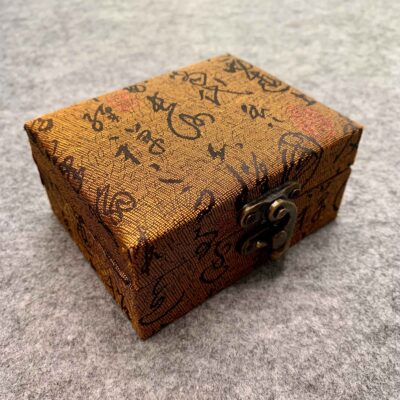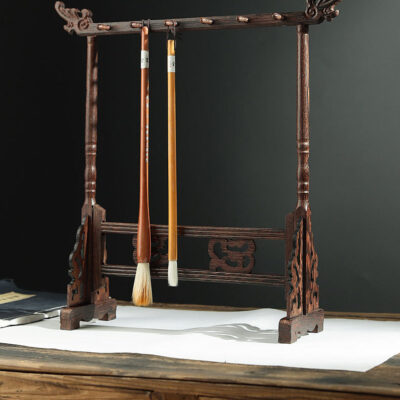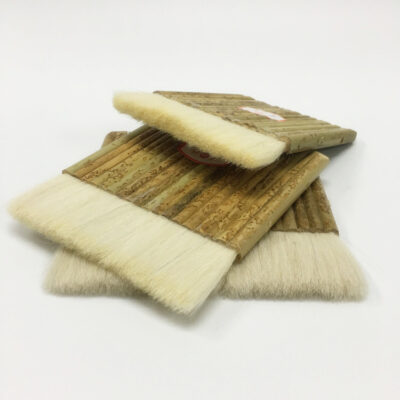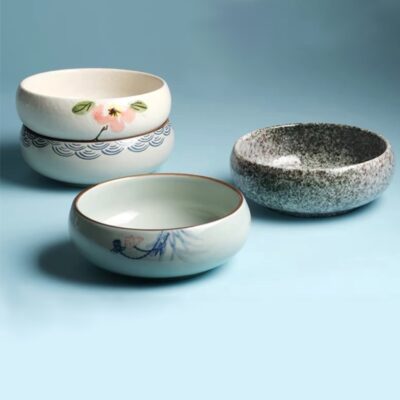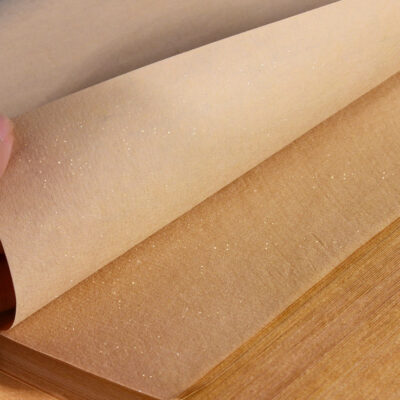Dragon Boat Festival
In the previous post we discussed the oriental dragon, and today, let us focus on the festival related to the worship of dragons, the Dragon Boat Festival. On the 5th day of the 5th month each year according to the lunar calendar, the Dragon Boat Festival arrives, bringing us many activities, great food, family time, and more importantly, a few days off! This year it will fall on June 3rd.

Dragon Boat Festival
Illustration from the internet
This festival has a few iconic associations, shown in the illustration. The triangular or pyramid shaped food is called Zongzi, quite a tasty treat around this time of the year; the dragon boat is used for the boat race, a traditional annual activity. These are the two main things we will discuss in this post.
The name of this holiday is “端午” (Duan Wu), which means center, middle. We are of course talking about the constellation here, the star called dragon (Cang Long) moves to the middle of the Southern sky around this time of the year, and this festival started when the ancient people discovered its regular occurrence. About 1500 years ago however, a patriotic poet Qu Yuan committed suicide on the same day, and from that moment on, Qu Yuan became the symbol of this festival, and other activities were invented in memory of him.

Qu Yuan (340BC – 278BC)
Illustration from the internet
The connection between Qu Yuan and the Dragon Boat Festival is disputed, however, this character in history is worth mentioning. Born into the War State historical period, being an aristocrat of the Chu state, he was raised to lead his nation to prosperity. Unfortunately, he served under incapable kings, and his peers undermined his efforts, so eventually he was banished from his own land. He wrote down his ambition, his love and hate, and his sadness all in his long poetry, Li Sao. This poem was not centered around him, it was around his countrymen, and what needed to be done for them from a political perspective. The second half was more imaginative, describing his trip to the heaven and the earth. This poem inspired generations of revolutions in the world of literature.
Some stories told that when Qu Yuan jumped into the Miluo river, the local people on hearing the news rushed to his rescue. But all the way down the river they could not find his body. As more and more boats joined the search, eventually this activity began to be memorized as the dragon boat race. Now if you go to a Chinese city around this time of year, you can also witness such races in local parks. Of course the story of Qu Yuan became more popular than the original dragon worship, and therefore Qu Yuan became the “spokesperson” of this festival.
On the same day, people would eat a traditional food, Zongzi. Good food is always to be expected around festival times, and they are said to have been made to “save” Qu Yuan. As the local people were afraid that Qu Yuan’s body would be destroyed by the fish in the river, they brought rice balls wrapped in reed leaves and threw them into the river to feed the fish instead, hoping that the fish would leave the body alone. These rice balls later became Zongzi, as shown below.

Zongzi (粽子)
Photograph from the internet
The Chinese people are mostly foodies. How can a great festival go without food? On the Dragon Boat Festival the Zongzi would satisfy our tummies. The Zongzi are wrapped in bamboo leaves or reed leaves, inside there can be either rice or sticky rice wrapped around either sweet dates, red bean paste or savoury meat or eggs, etc. There are hundreds of fillings and styles of Zongzi, even their shapes change depending on the region.
Every year in China, there is a national “debate” around sweet and salty food. Imagine a land that large, with people and traditions that complex, each region takes pride in its local activities, and the same goes for the people’s taste in food. Generally speaking, Zongzi are usually sweet in the North and salty in the South, and people from each side cannot seem to agree with one another. Why would they? Personally speaking I find them both awesome, the diversity in food is what enriched our dining tables in the first place.
If you go to the Chinese stores in your city around this time of year, you should be able to find them in stock, why not try a piece this time? If you do try a Zongzi though, I must remind you that the leaves are to be removed, only the rice and inside fillings are edible! I have seen my former students making mistakes that ruined these treats for them forever, and I would hate for you to suffer that way. You may have to steam them too before eating, there should be clear instructions on the packaging.

Around this festival there are many other activities too, including attaching five-colored (normally any five colors will do) string-made bracelets, necklaces, or anklets, but they need to be removed and thrown away in a body of water when it rains. These strings will bring you health for the entire year to come! People also take a walk in nature and gather herbs known as the Chinese mugwort, these herbs bring beautiful scent to the house, and they are great natural bug repellants. Eggs, especially tea-leaf eggs are eaten too, they give us the much needed salt on the hot summers day.
In fact this festival or even the Zongzi were not only found in China anymore, they have both been included into the culture of many Eastern and Southeastern Asian countries. Each country developed upon such traditions, creating their unique versions. I would like to imagine that Qu Yuan is happy knowing some traditions were kept alive because of him, and that the fun aspects of these cultures are celebrated in so many areas of the world, bringing many people and families great memories. What about where you live?
Enjoy such cultural discussions? Have comments? I look forward to hearing from you!
Buy Artworks | Learn Brush Painting | Learn Chinese Calligraphy
Dragon Boat Festival Read More »
